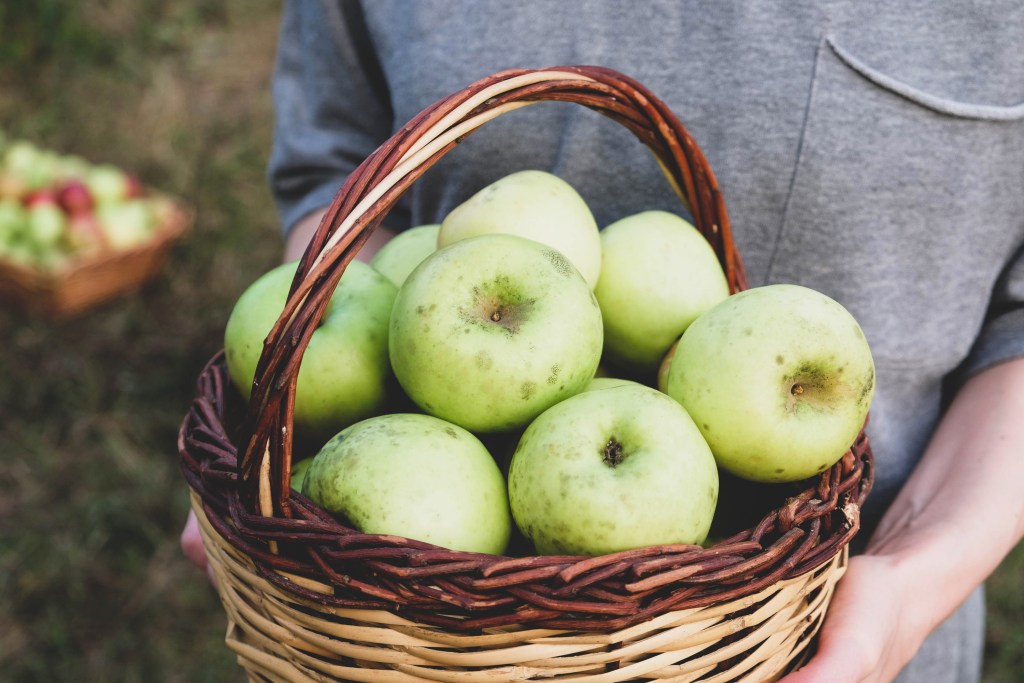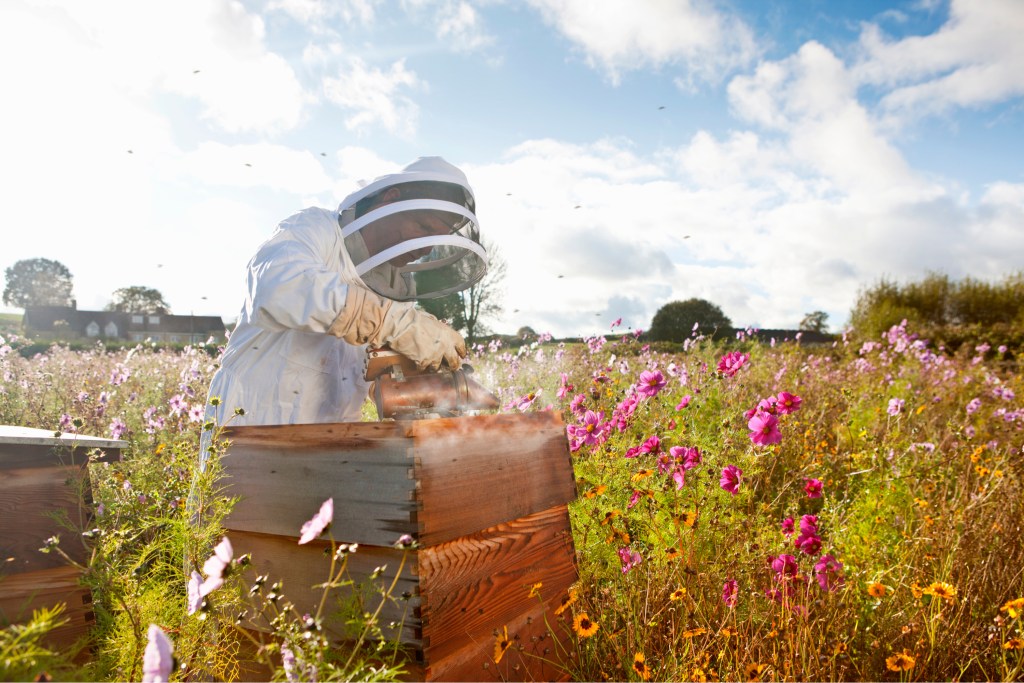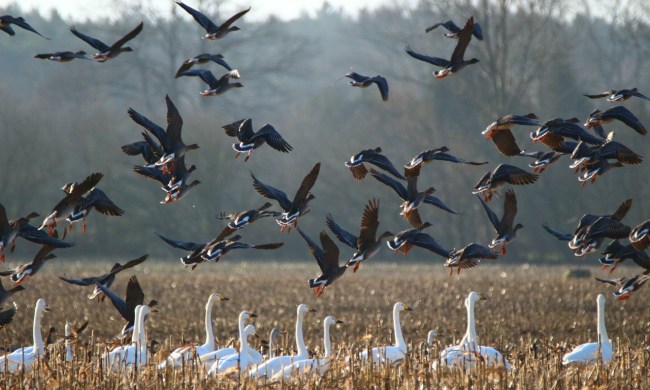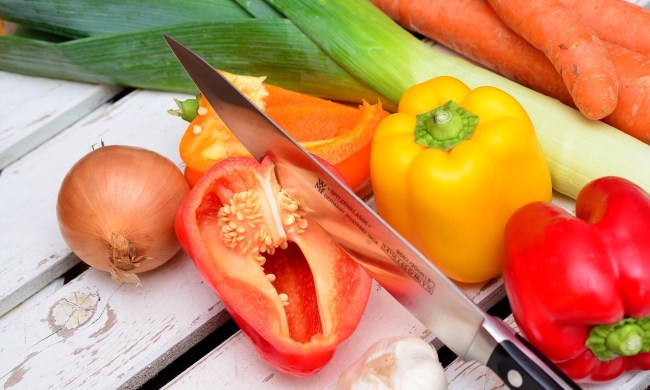Gardening can be more than a hobby—some households make it a lifestyle.
Modern homesteading is the practice where households adopt self-sufficient routines, such as subsistence agriculture, caring for livestock, and learning food preservation tactics, like jarring. Homesteaders also often turn to other survival skills, such as beekeeping or making clothing, and generate green energy through solar panels to gain greater self-sufficiency. Those who practice homesteading aspire to be sustainable and produce minimal pollution or greenhouse gas emissions.
Homesteaders are far from the first people to live off the land. Homesteading mirrors native communities who have long practiced reciprocity with their environment, living by the fruits of their labor and stewardship of their home regions.
“For the last 20 years or so, there’s been a consistent increase in interest in homesteading,” said Randy Schultz, Content Editor at homegardenandhomestead.com. “I don’t know if there’s an official definition for homesteading, but my definition and the way I look at homesteading: it’s that mix between having a suburban, backyard garden and a full-blown commercial farm.”
Commercial farmers sell produce at a large scale, while hobby farmers dedicate free time to tending and harvesting from gardens. Hobby farmers are often expert gardeners, but they don’t rely on their farms as their primary source of food. Instead, they rely on it for one food source—and for a fulfilling and time-consuming hobby. Homestead gardeners exist somewhere in between, relying on their produce to feed their families and at times selling produce at a much smaller scale.

Some may recognize the term from the legislation that encouraged westward expansion. The Homestead Act of 1862, signed into law by President Abraham Lincoln, allowed men or women at least 21 years of age to claim a 160 acre plot of land so long as they’d maintain a home and farm on the property.
While appealing to many new immigrants and formerly enslaved men and women, the Homestead Act displaced Native Americans already vulnerable due to the Appropriations Act of 1951, which pushed many Native Americans onto reservations in the West.
With limited farming knowledge, some homesteaders struggled to farm in conditions difficult for even expert gardeners. The results were detrimental to both Native Americans and the land, which relied on many tribes’ stewardship and care.
By the 1950s, greenhouse gas emissions rose as more industries and households relied on fossil fuels. The environmental impact became apparent by the 1960s, as environmentalism began to enter public consciousness. Some households turned to individual solutions by practicing green and organic gardening in their own backyards, while others protested the largest contributors of pollution.
“Going back several decades, there was a certain movement that focused on personal health, personal responsibility, [and] creating a healthy environment for yourself and your family. That really began about five decades ago with the first Earth Day in 1970,” Schultz said. “That was what I consider the real beginning of what we could call a homesteading movement, but every decade, that gets moved farther and farther along.”
By the 1970s, the environmental movement pushed the United States government through protests and teach-ins to create the Environmental Protection Agency, as well as pass the Clean Air Act in 1970, the Clean Water Act in 1972, and the Endangered Species Act in 1973.
Homesteading gained recent resurgence due to rising environmental concerns and the age of information. With access to seemingly limitless resources and online communities, the digital age influenced some to adopt greener mindsets and learn skills humans relied on in the not-so-distant past.
“Today’s homesteading includes people who are literally trying to live off the grid in the most natural way possible,” Schultz said. “While most people can’t achieve that, we are all working towards that in our own personal way.”
Although an avid gardener himself, Schultz doesn’t homestead. For Schultz, the lines between home gardeners, hobby farmers, and homesteaders often blur—each dedicated to caring for plants and building sustainable practices in their own ways. All households should embrace sustainable living, but homesteading requires an entirely different level of commitment.
“Homesteading is a lifestyle,” Schultz said. “And that lifestyle requires more hands on work than a lot of folks are willing to do or capable of doing without dedicating themselves to it.”
Homesteading requires a working knowledge of learned skillsets. Home or community gardening serves as a great gateway to first get involved. Along with knowledge, homesteading requires huge investments of time and labor unthinkable for many people who have other careers or obligations.
“You talk to [farmers] about how much physical work is involved, and most people in the cities or suburbs have no idea how difficult that is. It’s like learning a whole new job, a whole new career,” Schultz said. “So that’s one factor that limits the amount of people who can really 100 percent be homesteaders and be self-sufficient, grow their own food, and live off the grid. That’s a real commitment.”
Still, those dedicated to greater self-sufficiency seek out the benefits of homesteading. About 35 million Americans, or 10.5% of all households in this country, faced food insecurity in 2019. Following the COVID-19 pandemic and subsequent economic crisis, that number doubled, impacting 23% of all households. Community gardeners seek to provide alternatives for neighbors’ access to fresh produce. Similarly, homesteaders take access to food into their own hands.
“One of the main drivers in the homesteading movement today is food security and food health,” Schultz said. “So not just the security of having a steady supply of food, but ‘how can we create the healthiest possible food?’ And the way to do that is to take control of as much of the food supply as you can.”
Many homesteaders grow entirely organic gardens, limiting their use of chemicals found in industrial farming practices. Organic diets help prevent exposure to pesticides, which may lead to negative health outcomes like Parkinson’s disease, cancers, and fertility issues.
Homesteaders and hobby gardeners alike influence the economy through demanding more from the foods they eat, and it creates ripple effects in the marketplace.
“People started demanding [organic produce]. First they started growing it themselves, because they couldn’t find it anywhere. Then later, farmers and folks in the food industry figured out, ‘there’s a demand for this. All we have to do is grow organic tomatoes and people are going to buy them—and they’re going to pay more for them because that’s of value to them,’” Schultz said. “The folks that cared about that created the marketplace for that. That’s why you can go to Whole Foods and buy produce, or pretty much anything, that’s organic today.”
Millennials have also played a big role in homesteading’s resurgence, Schultz said. Schultz witnessed his stepdaughter begin raising chickens in her backyard garden, and admires her generation for taking sustainability a step further.
“I’m a baby boomer so I remember the first Earth Day. I was a teenager,” Schultz said. “Every generation takes good ideas and brings them even further along, and I think that’s what millennials are doing with the homesteading concept.”
Schultz suspects millennials’ desire for work-life balance ties to their interest in homesteading. Millennials, Schultz said, prefer not to revolve their lives around their careers like previous generations, and instead wish to build their lives around their lifestyles with jobs that fit into that. Millennials’ familiarity with online resources and communities also plays a role, providing the information they need to feel inspired and get started.

Along with the various environmental and health benefits, homesteading can feel rewarding for people of all ages.
“It’s a feel-good proposition. When you grow your own food, or when you’ve got solar panels generating at least some of your own energy, that’s a good feeling,” Schultz said. “I get a good feeling just going out and picking lettuce. I went out yesterday and picked lettuce for my salad at dinnertime. It’s like, ‘yeah, I grew this! I like this!’”
If homesteading sounds like the lifestyle for you, start small and do plenty of research before buying acres of land off the grid.
“I’d say number one: Do your homework. Read up on as many things as you can regarding self-sufficiency and growing your own food, raising your own livestock,” Schultz said. “Maybe you begin with chickens. Maybe watch videos on beekeeping. In other words, don’t just go from a suburban or an urban apartment in a big city to a five-acre plot of land and think you’re gonna be an instant homesteader. There’s a lot of learning involved and it’s a major lifestyle change.”
Joining communities of likeminded people can help with troubleshooting common mistakes.
For homesteaders in the digital age, online forums and social media groups give novices and seasoned homesteaders alike avenues to ask questions and pass on knowledge.
“Don’t be afraid to look dumb,” Schultz said. “Don’t be afraid to ask a question that sounds dumb, because it’s not dumb. You’re learning, you need to know.”
Starting small helps set beginners up for success, enabling homesteaders to build the skillset over time.
“Then you gotta do it, make some mistakes. Be willing to learn from the mistakes,” Schultz said. “I think a lot of people give up too soon when they run into trouble.”
Some lessons can only be learned through hands-on labor—thankfully, homesteading requires a lot of it.



